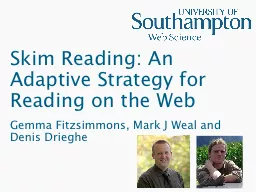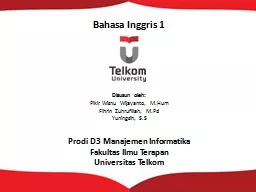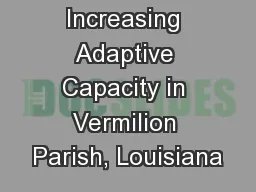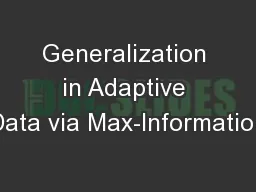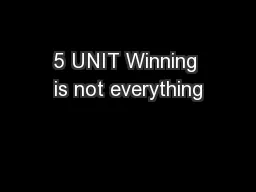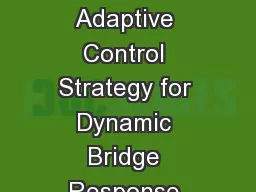PPT-Skim Reading: An Adaptive Strategy for Reading on the Web
Author : tatiana-dople | Published Date : 2016-07-14
Gemma Fitzsimmons Mark J Weal and Denis Drieghe Why is it important to study reading on the Web Users of the Web engage in a wide variety of different activities
Presentation Embed Code
Download Presentation
Download Presentation The PPT/PDF document "Skim Reading: An Adaptive Strategy for R..." is the property of its rightful owner. Permission is granted to download and print the materials on this website for personal, non-commercial use only, and to display it on your personal computer provided you do not modify the materials and that you retain all copyright notices contained in the materials. By downloading content from our website, you accept the terms of this agreement.
Skim Reading: An Adaptive Strategy for Reading on the Web: Transcript
Download Rules Of Document
"Skim Reading: An Adaptive Strategy for Reading on the Web"The content belongs to its owner. You may download and print it for personal use, without modification, and keep all copyright notices. By downloading, you agree to these terms.
Related Documents

